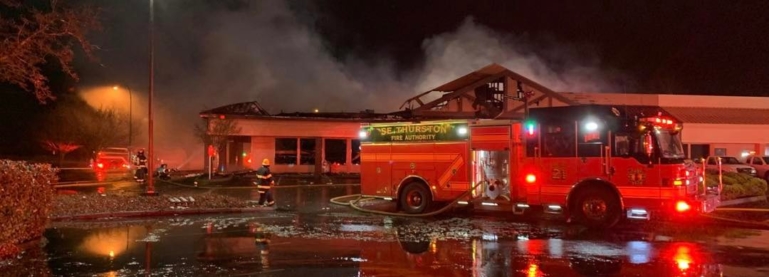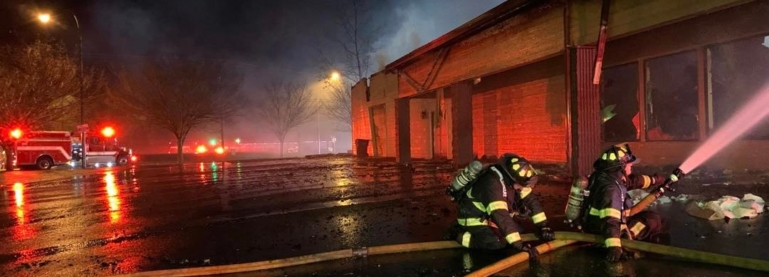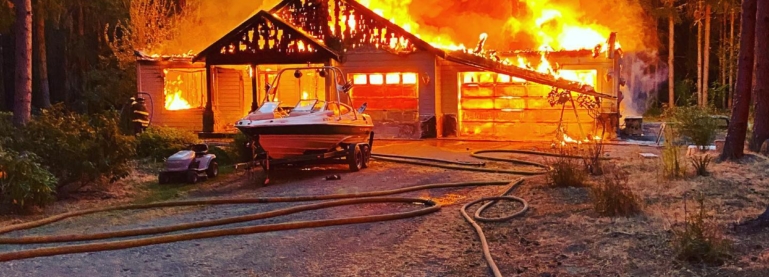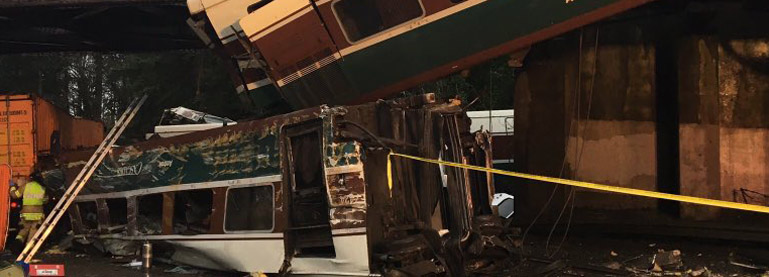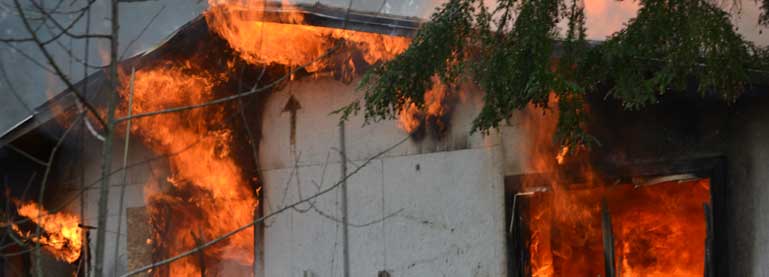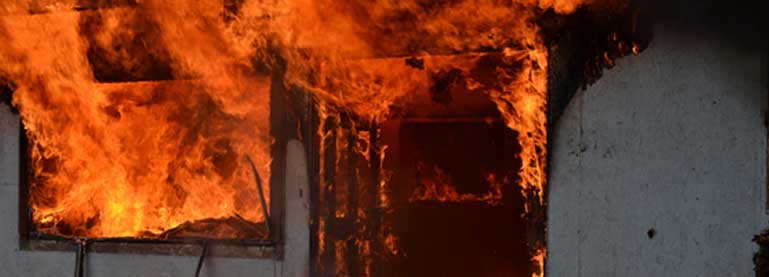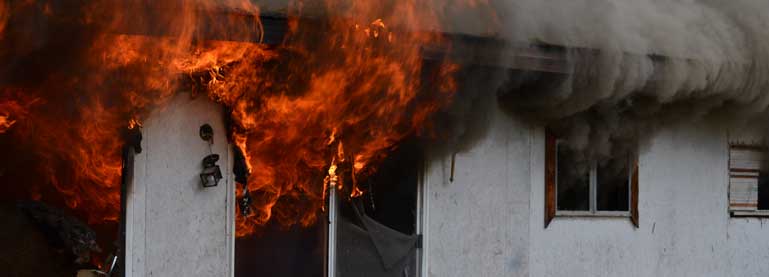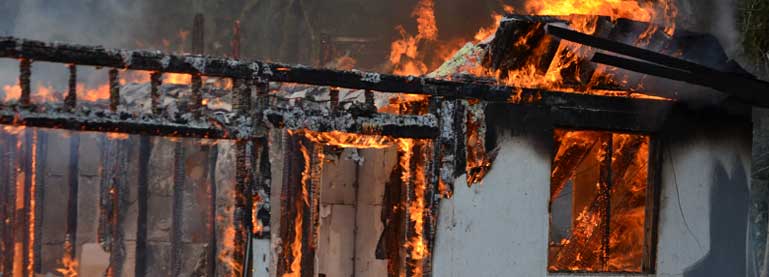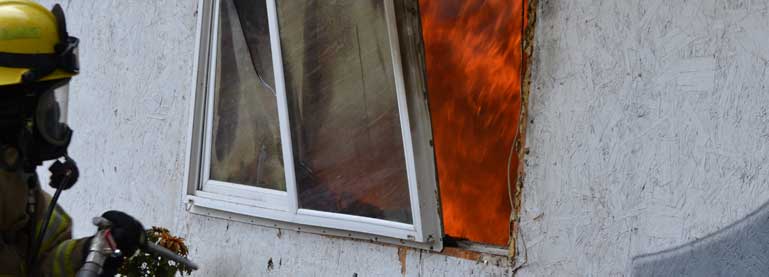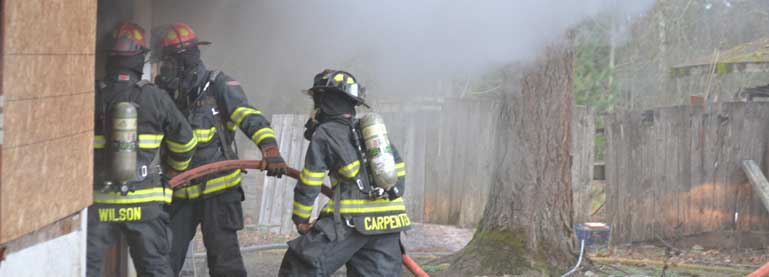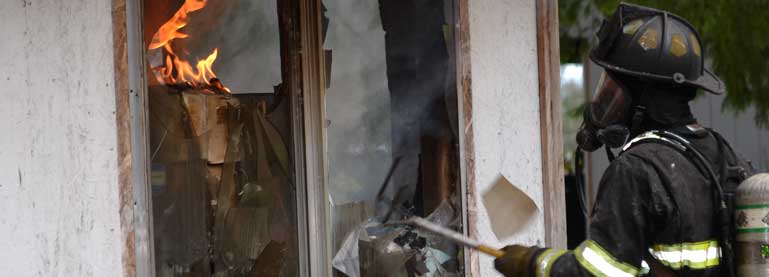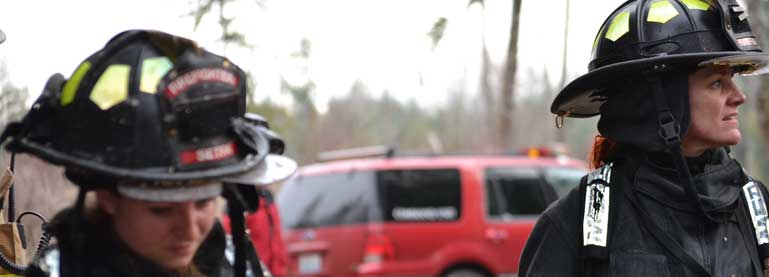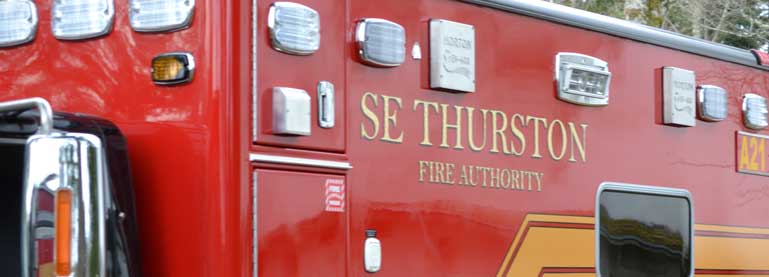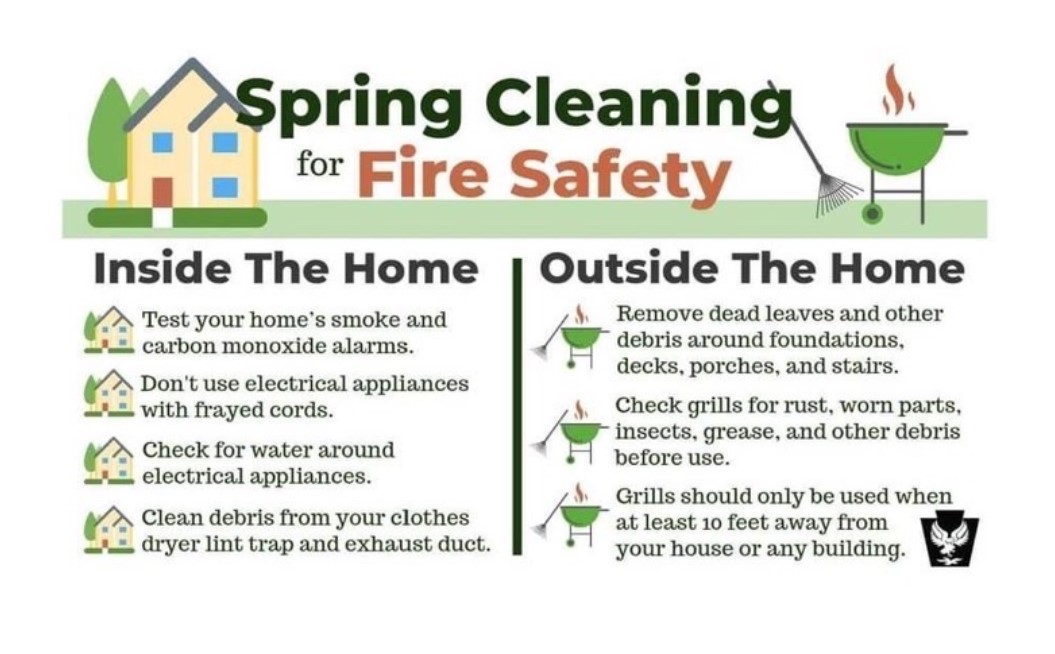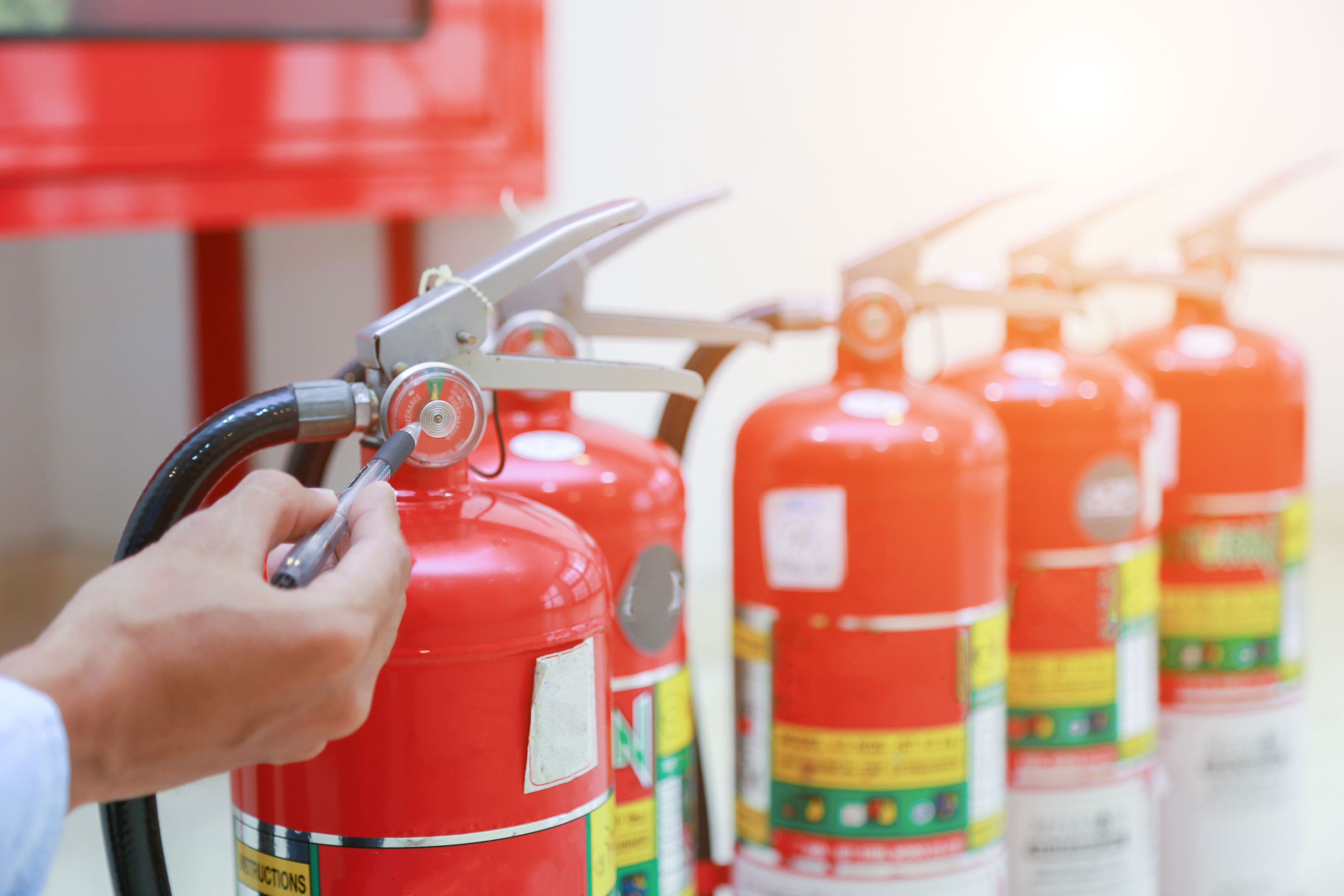
Engineer inspection Fire extinguisher and fire hose.
Fire extinguishers are essential pieces of safety equipment, and having one (or more!) around can greatly reduce your risk of a house fire. However, fire extinguishers can expire, and many people forget to check their extinguishers regularly to make sure they’re still functional and not expired. It’s a good idea to stay up on this, and there’s no easier time to check than while doing your Spring cleaning!
If you find your fire extinguisher is expired and does need replaced, we suggest getting a new one as soon as possible. You should also make sure the type of fire extinguisher you have is proper for the potential types of fire you may experience, as different types of fire extinguishers work best on different types of fires. You can follow this hand guide to see what type you should get!
Did you know:
There are 5 primary types of fire extinguishers, each designed to put out different kinds of fires.
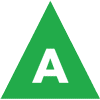
For use with ordinary materials like cloth, wood and paper.
Often found in homes and businesses

For use with combustible and flammable liquids like grease, gasoline, oil and oil-based paints.
Often found in homes and businesses

For use with combustible and flammable liquids like grease, gasoline, oil and oil-based paints.
Often found in homes and businesses

For use with flammable metals.
Often found in factories

For use with vegetable oils, animal oils and fats in cooking appliances.
Often found in commercial kitchens (restaurants, cafeterias, catering businesses)
There are also multipurpose fire extinguishers that might be labeled “B-C” or “A-B-C” that can be used on most types of home fires. Most home improvement stores carry multipurpose fire extinguishers that cover Class A through Class C.
- Always look for the “UL Listed” or “ULC Listed” label on a fire extinguisher to ensure it is certified for use by a nationally recognized testing laboratory.
- Fire extinguishers vary in size and weight, but it is recommended to select the largest fire extinguisher that a user can safely and comfortably operate.
- How to read the classification label: The number before the “A” represents a multiple of 1.25 gallons of water whereas the number before the “B” represents a multiple of the area or size in square feet of fire to be extinguished. For example, a fire extinguisher classification of 1A:10B:C indicates that it provides the equivalent of 1.25 gallons of water applied on a Class A fire. The number 10 indicates it can extinguish Class B fires up to 10 square feet in size, and the C indicates that it can be used for Class C fires.

